2025 Porsche Taycan First Drive Review: Peak EV

Love It | Leave It |
|---|---|
Massive power | Power air vents |
Sports-car handling | A few real buttons would be nice |
Beautifully-trimmed interior | Everything is optional |
When Porsche set out to produce its first electric car it had to make sure that it went about it in a way that captured the essence of the brand.
A car that at first glance wouldn’t be mistaken for one from any other company. The Taycan arrived in 2019 with a roofline reminiscent of the 911 but with sheet metal clearly anchored in the brand’s electric future.
The Taycan was a clean sheet EV and it introduced the first example of an 800 V architecture, which used thinner and lighter wiring and also dramatically improved charging speeds. It was also the first truly sporty vehicle powered solely by electric motors. And Porsche has sold over 150,000 of them so far, which considering the asking price is no small feat.
The Taycan comes as a sedan or a wagon, and with multiple levels of power ranging from pretty-damn-quick to ballistic. It’s powerful and efficient and it can carve up a racetrack without breaking a sweat. The engineers surely had their work cut out for them but as usual and with what can only be described as a holistic approach, they found improvements in nearly all areas.
What’s New
If you were to place the 2025 Taycan beside the 2024 you’d be hard-pressed to spot many differences. The biggest change is in the headlights which are now flush to the fender and appear flatter. There’s also a slightly tweaked daytime running light graphic and some fabulous new colours like Provence, Shade Green and Frozen Berry.
As is typical for Porsche the engineering and hardware changes far outweigh the design updates and it’s here where the Taycan has made some significant strides.
The Performance battery plus or the “big battery” has grown to 105 kWh (97 kWh usable) up from 93 kWh but thanks to a new cell chemistry, it’s more power dense meaning that the pack is actually 9 kg lighter than the old one. This also means power is up across the board and charging speeds have increased from 270 kW to 320 kW. Porsche claims that the Taycan can now charge from 10 to 80 per cent in just 18 mins and can maintain a higher charging speed for a longer period of time.
Then there’s a new more powerful and efficient rear axle motor, a modified pulse inverter, optimized software, and an all-new heat pump. The regenerative braking system can also harvest energy at a rate of 400 kW now, a 30 per cent improvement. There aren’t official figures yet for how efficient it is but Porsche says that a 4S can travel up to 516 km to a charge.
All Taycans now come standard with an adaptive air suspension. Active Ride, first seen on the updated Panamera, is available as an option. Active ride is trick suspension technology that keeps the body level at all times no matter the road surface and can filter out large bumps and road undulations with ease.
Power for All
With the new rear axle motor the Taycan 4S with the big battery makes up to 590 hp and 523 lb-ft of torque and can launch from 0-100 km/h in 3.7 seconds. Now that we have the “base” model out of the way, you step up to the Turbo which ups horsepower to 871 but that’s still just scratching the surface because the new Turbo S makes 938 hp and, wait for it, 1,110 lb-ft of torque. While that peak figure only occurs when using launch control, it’s still just insanity because you can never truly use that kind of power on public roads.
Launching a Taycan, like launching any Porsche with the option couldn’t be easier. Turn the drive mode selector to Sport Plus, mash the brake pedal with your left foot, floor the accelerator pedal with your right and release the brake when you get confirmation to do so. What happens next isn’t even warp speed, it’s transwarp, and a very intense experience. The force on your chest and lungs is relentless as you catapult towards the horizon. Porsche claims a Turbo S will sprint from rest to 100 km/h in just 2.4 seconds but even crazier is the 0-200 km/h time of just 7.9 seconds.
And if somehow you think that 938 hp wasn’t enough, there’s “push-to-pass” which was formerly known as Sport response, but it works in the same way. You push the button in the centre of the drive mode selector for an extra 94 hp blast for 10 seconds.
Not a one trick pony
The Taycan has dramatic speed checked off but unlike other very fast EVs the fun doesn’t end when the straightaways do. The Taycan despite its weight feels closer to a 911 than you’d think. It has crisp, communicative steering and prodigious brakes especially if you spec the carbon ceramic rotors and it feels smaller than it looks when on the move.
Narrow two-lane Spanish roads twist and turn through hilly terrain and Taycan gobbles them up with ease. The ultra-wide Pirellis stick like glue to the smooth tarmac and barely make a peep even in the tightest of hairpins. At speed the Taycan feels perfectly natural to drive with no obvious clues that it’s an electric car outside of the fact that it’s completely silent. Active ride keeps things perfectly flat at all times and even under heavy braking there’s virtually no nose dive.
The Taycan is a stiff riding vehicle but it strikes a great balance between handling and comfort. Even the amazingly powerful Turbo S is a remarkably easy car to drive and like all Porsches it makes you feel like you’re a better driver than you are.
Tech fest interior
There’s been a few updates to the screens and functionality but it’s essentially the same buttonless experience you had before which actually seems to work quite well in the Taycan with a screen dedicated to the climate controls and other important functions. The automated vents are a bit too much but the quality of the build and materials is as good as it gets. The driving position is also spot on and there’s actually little to distract you from driving which is exactly what you want to be doing in the Taycan. The Cross Turismo (wagon) offers more cargo space and a larger opening and seating for five where the sedan is strictly a 2+2.
Pricing
In Canada, pricing starts at $135,600 for the 4S and rises quickly from there. The Turbo starts at $196,800 and the Turbo S is $236,100. Add a bit more for the Cross Turismo body style and keep in mind that these are mere starting points. Porsche options add up very quickly.
Final Thoughts
The Taycan was already an engineering marvel but Porsche has gone through it with a fine-tooth comb and improved it in nearly all the areas that matter. It has more range, more power, and is more efficient than it was before but none of that would matter if the Taycan wasn’t a good car to drive, and it absolutely is. And it’s not just good, it might be in the running for the best electric car you can buy today. Yes, the top trim still has Turbo in its name, can we get over that already?
Become an AutoGuide insider. Get the latest from the automotive world first by subscribing to our newsletter here.

From the moment he set his four year old eyes on a brand new red BMW convertible, Kunal was a car enthusiast for life. Now he writes about them professionally and travels the world in the quest of the best stories, whether it’s Porsches in Spain or Rams in Texas and anything in between. Kunal has never owned a car with an automatic transmission, if that counts for anything.
More by Kunal D’souza





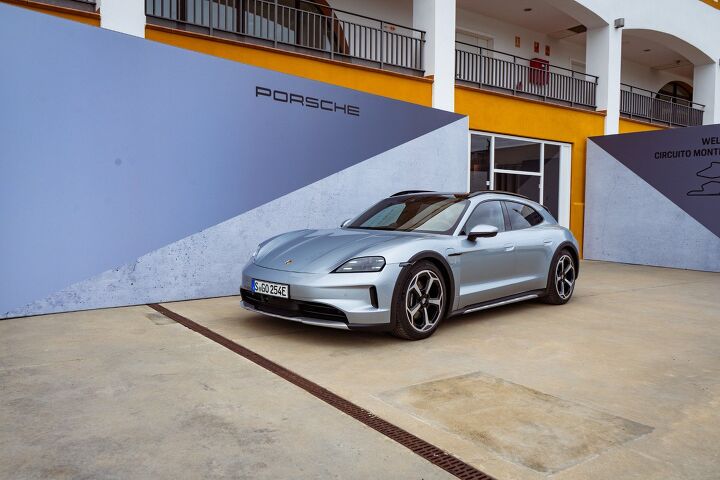

















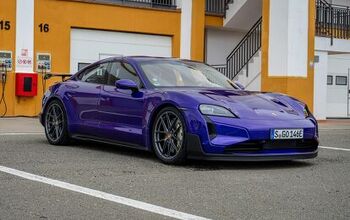
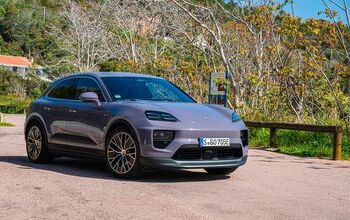

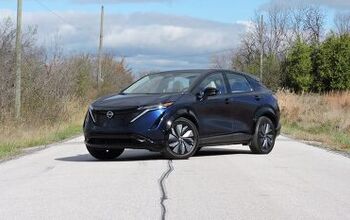

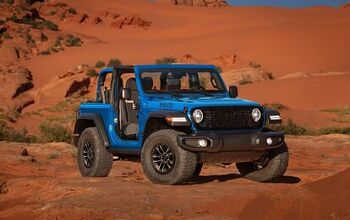

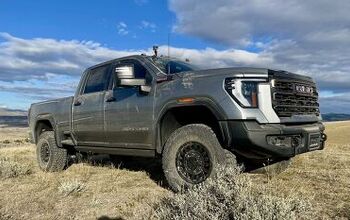



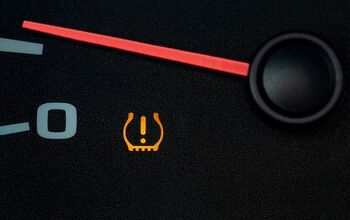
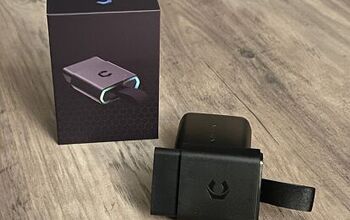
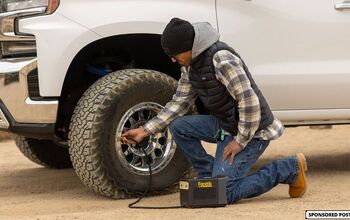

Comments
Join the conversation